
After a recent longer post focusing on Dunlins, the species just makes a shorter appearance in this post …


… even though I managed (a rarity for me) a half-decent flight shot.

Red-throated Pipits include individuals that seem entirely misnamed …

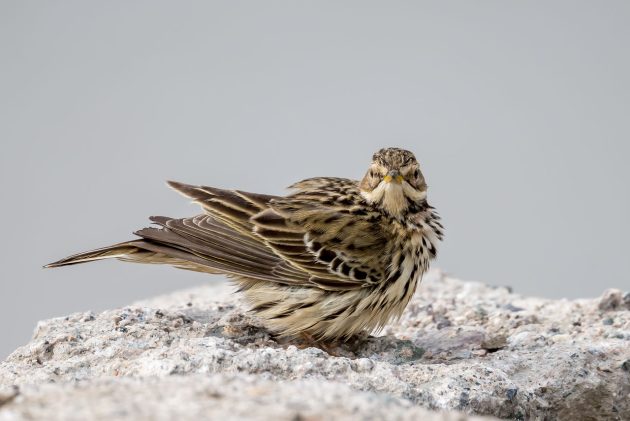
… while others still cling to their name-giving feature, at least a bit.

If you are interested in expanding your life list without moving your ass (you know who you are), here is a paper suggesting to split the Water Pipit into three species. You might want to support the idea.

The American Pipit will soon be renamed as the X Pipit, if Elon Musk gets his will.

Crested Mynas apparently use egg size as an indicator to detect cuckoo eggs, which they then reject. But they are a bit slow on the uptake, leading researchers to conclude (and I think this sentence should become a part of self-help books all over the world) “We suggest that the periodicity of egg rejection experiments could be appropriately extended, especially for species with relatively low egg recognition ability.”

Another paper reports that Crested Mynas add snakeskin (which in other areas of the world, e.g., Texas, is turned into very ugly cowboy boots and thus not available to mynas) to their nests. However, this addition seems to be absolutely pointless, as the paper finds that “There were also no significant differences in the number of nestlings hatched for each nest, nestling growing and breeding success between the snake slough and the non-snake slough group”. This finding does not keep the researchers from speculating about the rationale for adding the snake skin: “snake slough in crested myna nests may serve to reduce nest predation, improve the immunity of nestlings or serve as a post-mating sexual signal eliciting differential reproductive investment in mates”, ending with the classic “further research is needed”, which here is phrased as “these speculations require further investigation”.

Saunders’s Gull is listed as Vulnerable. It is named after a banker (really?) who apparently was also a traveler, ornithologist, and an authority on the Laridae (says Cornell) – Howard Saunders (1835-1907).

So, he died when he was 72 – must have felt like at least 100 years if he mainly focused on gulls …

In any case, his obituary in Nature in 1907 notes that “IT is with unfeign regret that record the death of Mr. Howard Saunders, after a long and painful illness”.

Can sexism ever by justified by facts? eBird states that the male Narcissus Flycatcher has eye-catching black, orange-yellow, and white plumage, while the female is extremely drab.

A bit harsh, I think …

Then again, if you see the male, there is some truth to it.

Bramblings can be quite sexist themselves – a paper examining the sex distribution in large Brambling roosts found a much higher density of females at the periphery of the roost, a location that is more exposed to predation (source).

Maybe it is partly a weight issue? In a study on Spotted Redshanks, males were found to be heavier and bigger than females. However, the head size of the males was smaller than that of the females. Not so smug now, are we, men?

(Side note: that study involved stomach removal of the birds for gut analysis – I am not sure such studies are a good thing).

A Grey Plover probably thought it was pretty safe to migrate at an altitude of about 3000 meters, at least from marauding scientists – until it was killed at that altitude by a Peregrine Falcon, as described here.

The scientific name of the Taiga Bean Goose is Anser fabalis, which vaguely sounds like “fabulous” but unfortunately is not the reason for the species’ name. Apparently, fabalis means “of beans”, and Cornell at least provides a general explanation for the “Bean” in Taiga Bean Goose: “the regular appearance of flocks of wild geese, which arrive every autumn …at the time of bean harvest and when the bean stubbles were ready for them”.

While this Little Grebe looks like it has been overdoing its cocaine use …

… in the literature, there is a report of a Little Grebe eating a mammal. Maybe a consequence of drug use?

eBird calls the Yellow-bellied Tit a “tiny luminous ball of feathers”, which sounds about right.

For the Black-faced Bunting, eBird seems to be a bit ambiguous on whether this bird is a skulker or not: “A small songbird that often skulks deep in shrubbery but emerges to forage in the open more than some buntings”. So, eBird, on a scale from 1 to 10, with 1 being an invisible bird and 10 one totally out in the open, where do you locate this bunting? (you can tell my background and experience in doing management consulting, in particular, workshops, from this question).


The Grey Heron does not skulk. How could it, given its open environment?

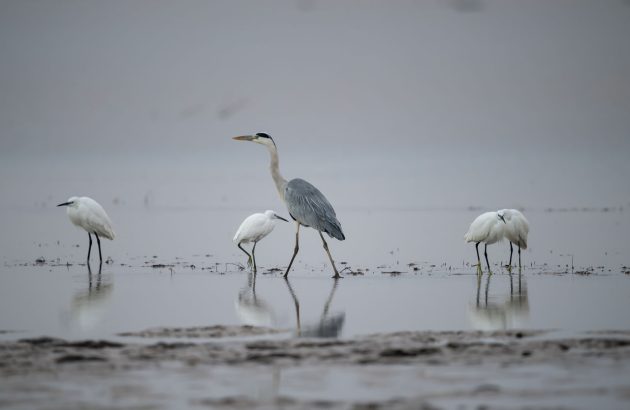
It is not so much an issue of size – Eurasian Bitterns (which are not small birds) – are much better at camouflage.


Incidentally, “Camouflage” is also the title of a song by Stan Ridgway, previously of Wall of Voodoo, responsible for probably the best ever cover version of “Ring of Fire”.

On Chongming Island, the first families of Hooded Cranes have arrived – typical Chinese families resulting from China’s one-chick policy.

But some less conventional groupings are also possible.


Rooks are rare in Shanghai, so it was a surprise to see a flock of them also on Chongming Island.
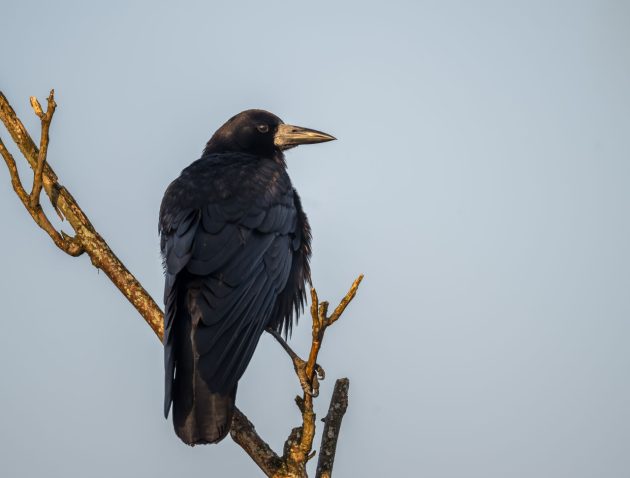
It is probably no coincidence that I saw them in the same week that The Cure released a new album, the first in 16 years.
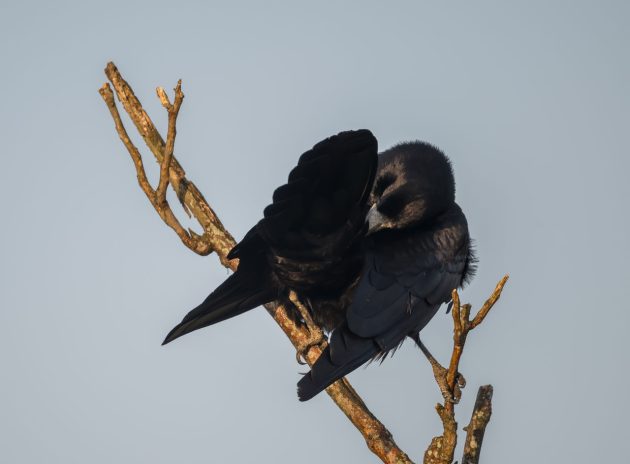
If you do a Google search for “Rook research”, you get to the web page of Rook Research, a company that “specializes in web scraping and extraction of Alternative Data.” Alternative data sounds scarily Trumpish to me. But maybe that is the point here.
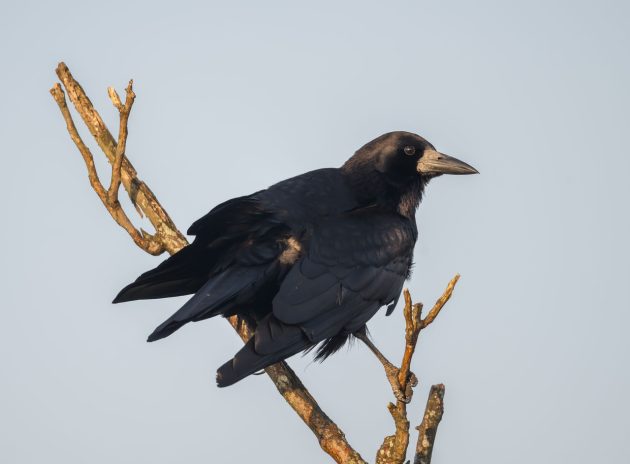
The scientific name Corvus frugilegus is a bit puzzling as frugilegus means “fruit-gathering” – fruit do not seem to be a major component of the species’ diet.
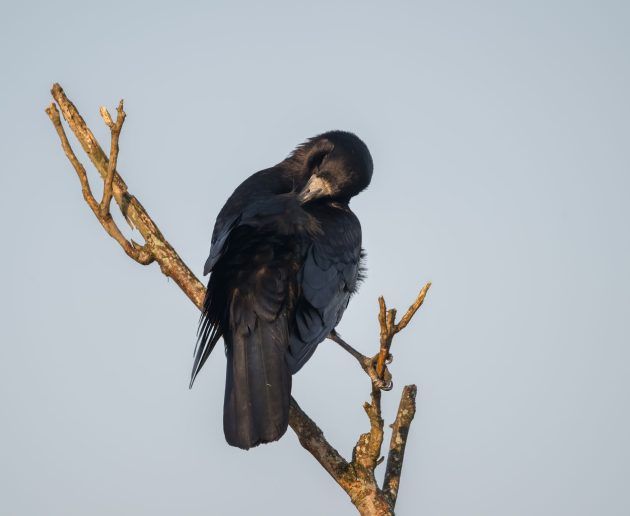
Like humans, Rooks show a growing tendency to winter in cities (source).

And Rooks are well-studied due to their intelligence and social behavior – for example, they can solve certain mental tasks (source) and after conflicts seem to seek out affirmation from other Rooks (source).
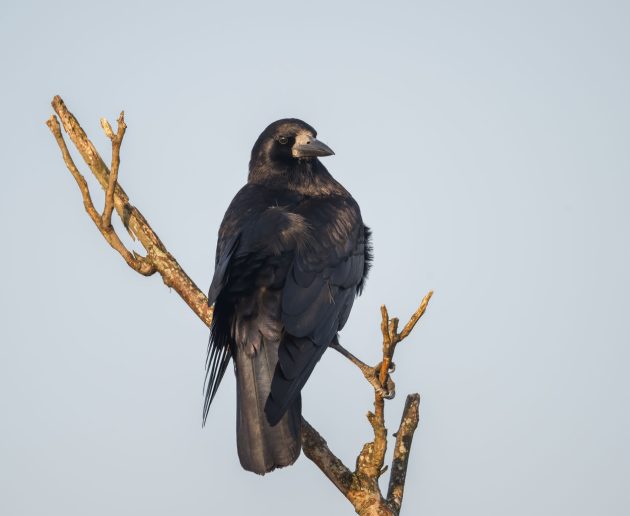
In some other ways, they also behave a lot like humans. Apparently, humans eat up to 75% more food when in company with others – and Rooks also eat more when together with another Rook (source). Diet tip: eat on your own.

(related song lyrics: “eating meagre meals with the curtains closed, “Ciao!” by Lush with a guest appearance by Jarvis Cocker)
Part of the social activity of the Rooks I watched was to mob a Black Kite.


An Eastern Marsh Harrier was mobbed by Oriental Magpies instead.


Common Starlings are quite uncommon in Shanghai.
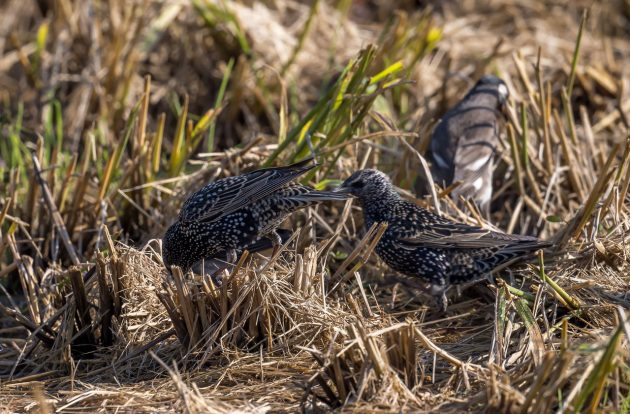
In the USA, they are common – but this is probably not the consequence of a Shakespeare lover releasing them, even though that story has made it into many bird books.

A story even propagated by Cornell University, the supposed authority on all things avian.

They are regarded as pests in many countries – in fact, a website named Pestsmart has its own Common Starling page.
For color, the November in Shanghai offers Bluethroat ….



… (well, the female not so much) …

… the first Northern Lapwings of the season …


… and Daurian Redstart.

If you prefer your birds in black and white, you can choose species such as the Pied Kingfisher …

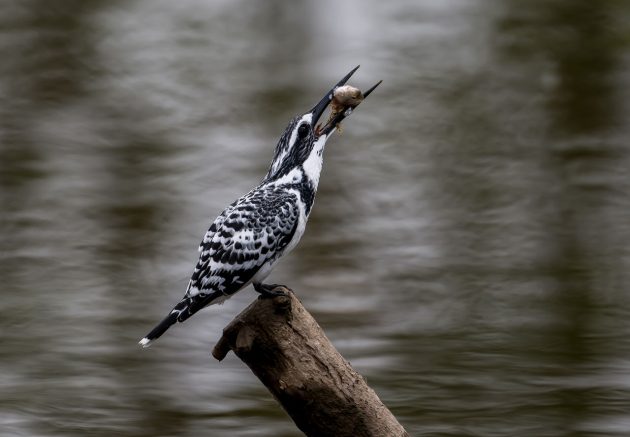
… Pied Avocet …

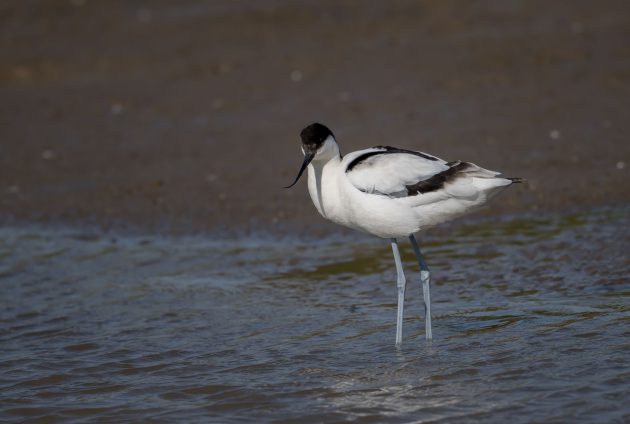
… and White Wagtail.

Wintering spoonbills have also returned – mostly Eurasian Spoonbills …

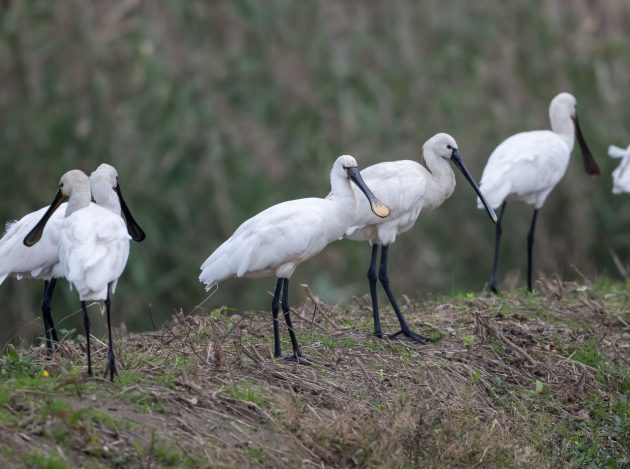
… but also a few Black-faced Spoonbills.


A study examining historical (1894-1926) migration data for Eurasian Woodcock found that the birds returned to their breeding grounds earlier in years with milder weather than in colder and wetter years. This seems to be aligned with studies on the impact of global warming on migration – birds migrate to their breeding grounds earlier and may also stay there longer than in the past. In any case, I am glad they are back on Chongming now.

On the one hand, Cornell describes the Common Pochard as “abundant, with a global population estimated to number 1,950,000–2,250,000 individuals”. On the other hand, it is classified as Vulnerable, and the same Cornell entry states “Not regarded as a species of conservation concern until 2015, when information suggesting that the population has declined rapidly across the majority of its range caused the species to be classified as Vulnerable.”

Many reasons for the decline sound depressingly familiar: wetland degradation and destruction due to agricultural expansion, urbanization, climate change, hunting, and lead poisoning (source). A somewhat less obvious reason is the abandonment of fish farms in western Russia that had formerly provided habitat for breeding birds (source). Maybe Russians need to eat more fish again.

Rustic Buntings are also not doing well and are also listed as Vulnerable. My personal impression also is that their number on Chongming Island has declined in the past few years.


That makes one almost grateful that the Black-tailed Godwit is only listed as Near Threatened.

Given the current weak state of China’s economy, some Eurasian Hoopoes nowadays work as guards despite being overqualified.

And some more music advice for the month. While you may not want to wear a T-shirt with the band name “The New Pornographers”, their song “Myriad Harbour” is great. And funny.
Speaking of which – do you think that now that the Japanese Tit has been lumped with the Cinereous Tit, it will be mentioned more or less frequently in my posts?













Lumping Japanese Tits?
Ha, I checked. These two do look very similar. The Varied Tit is the pretty one, right?